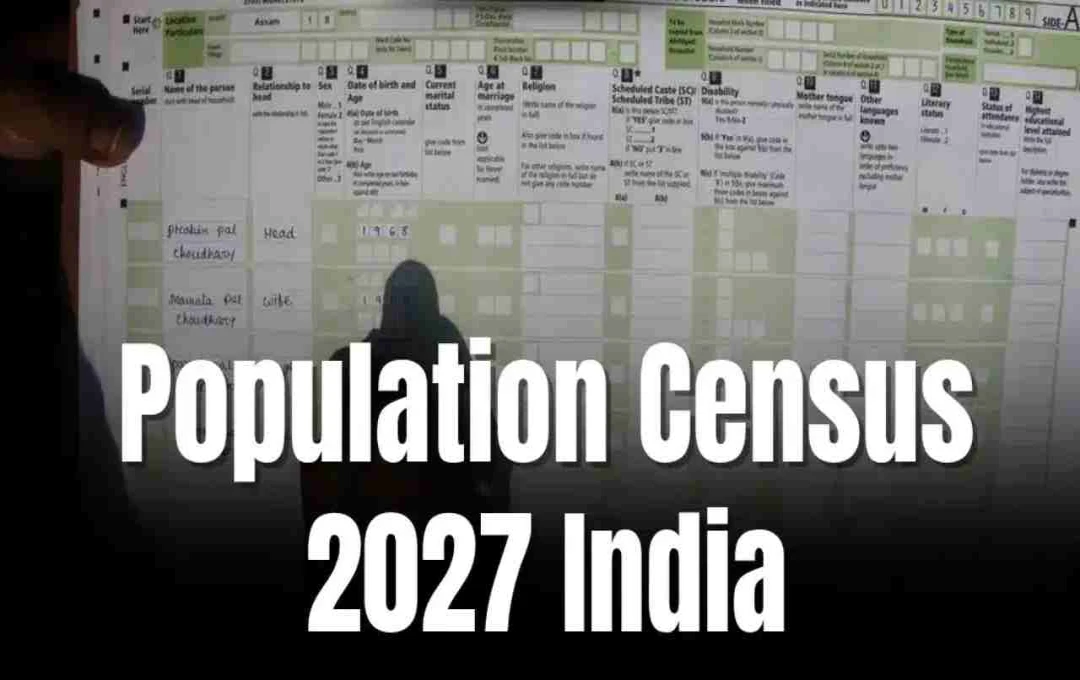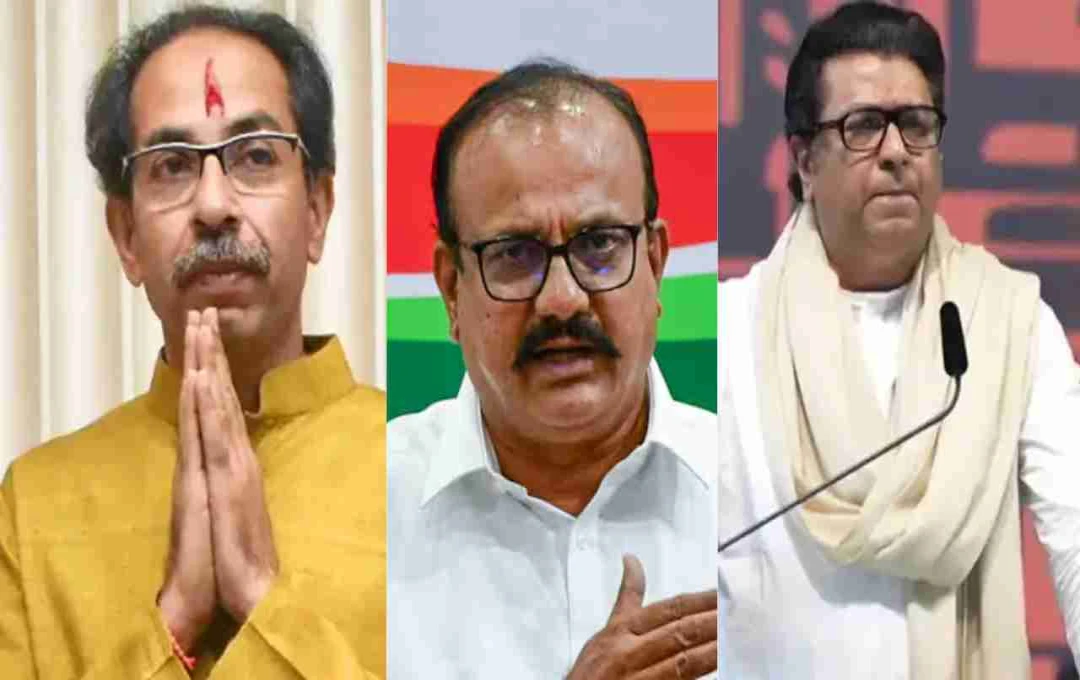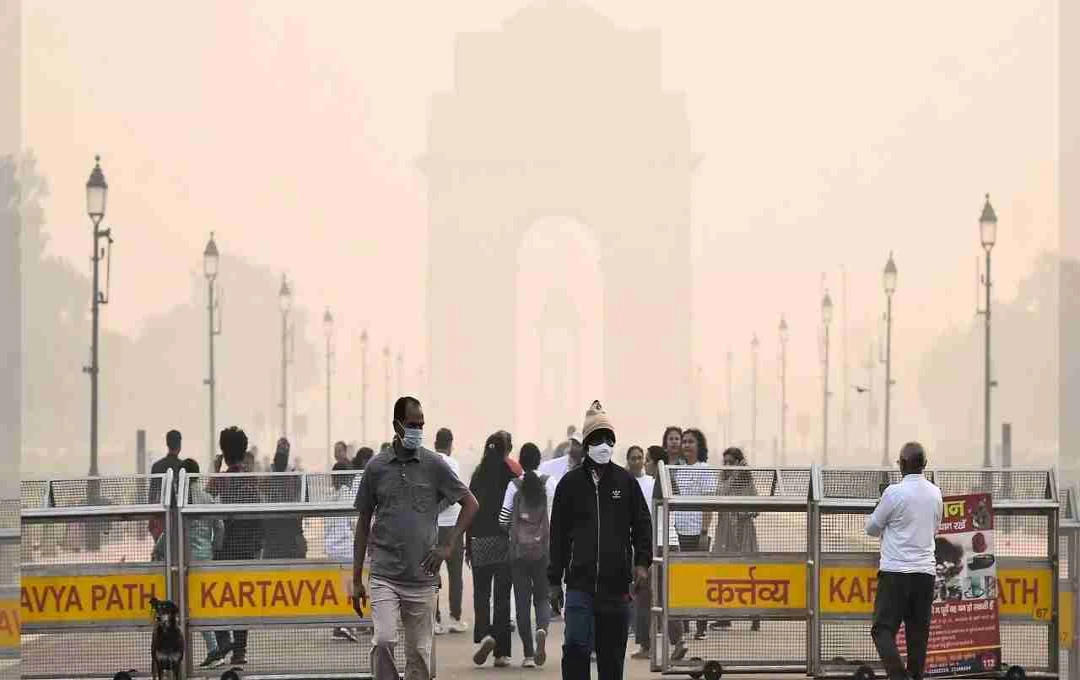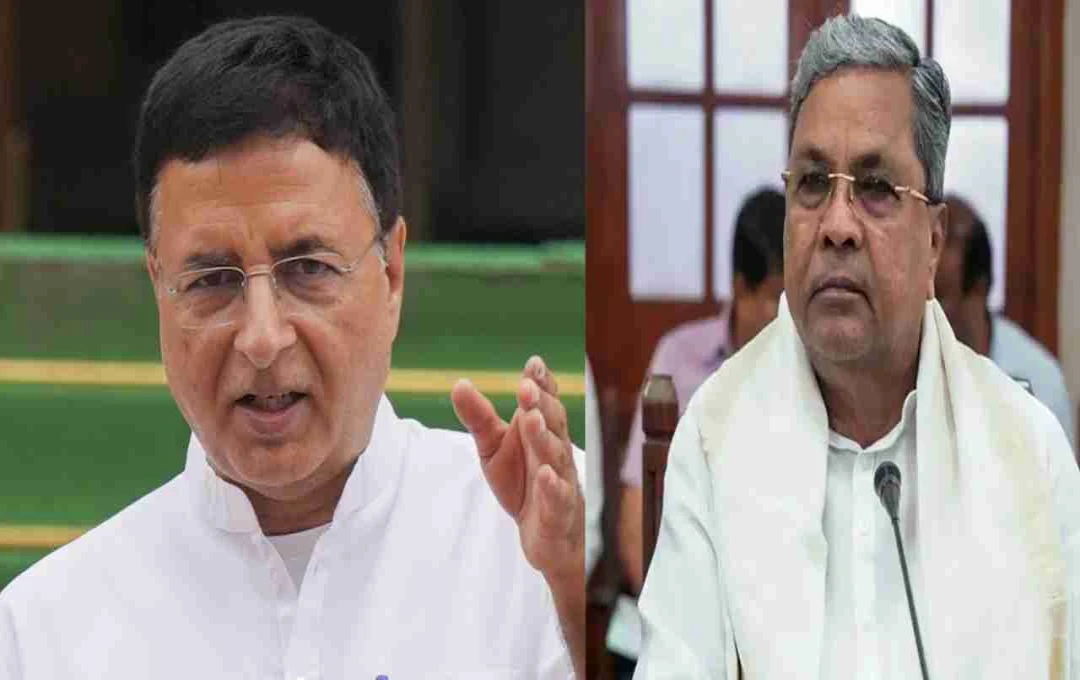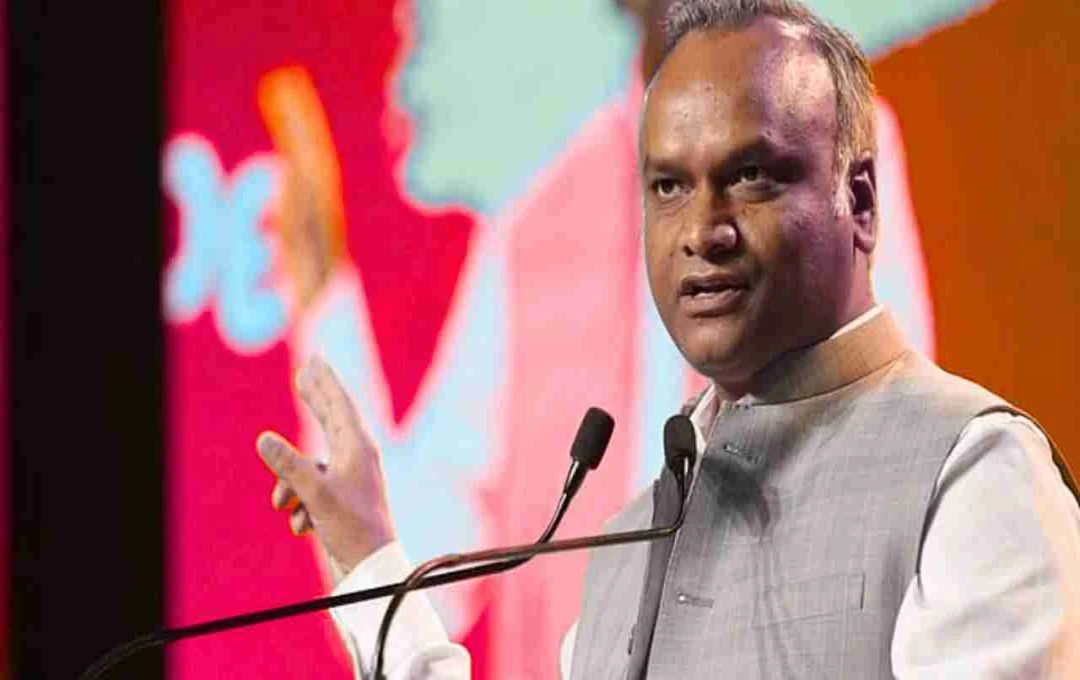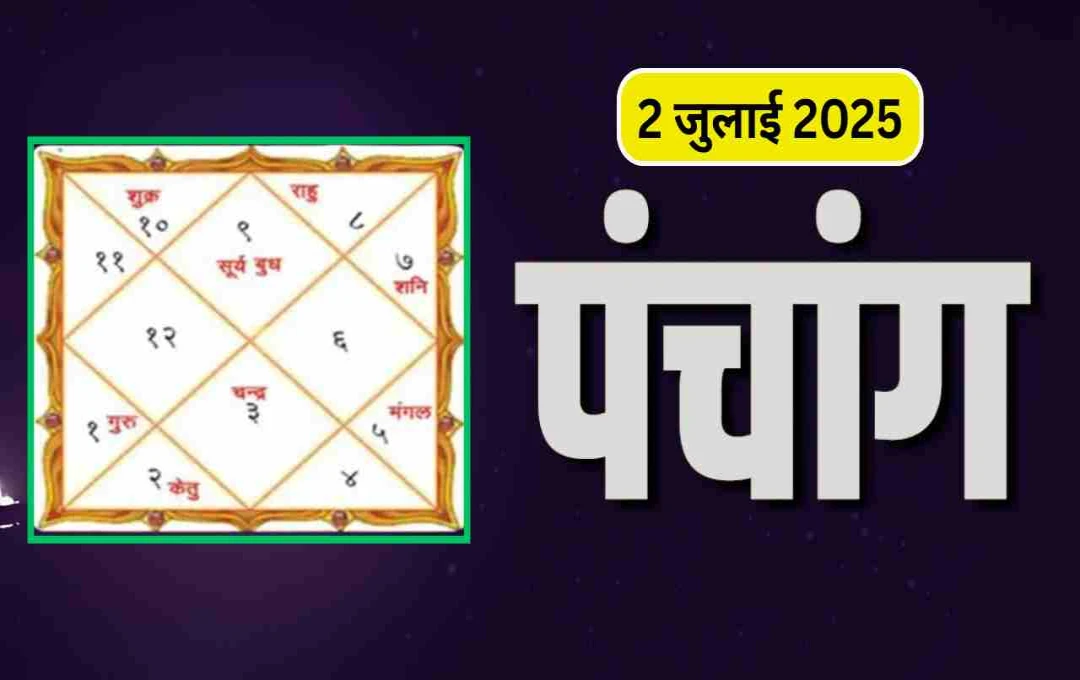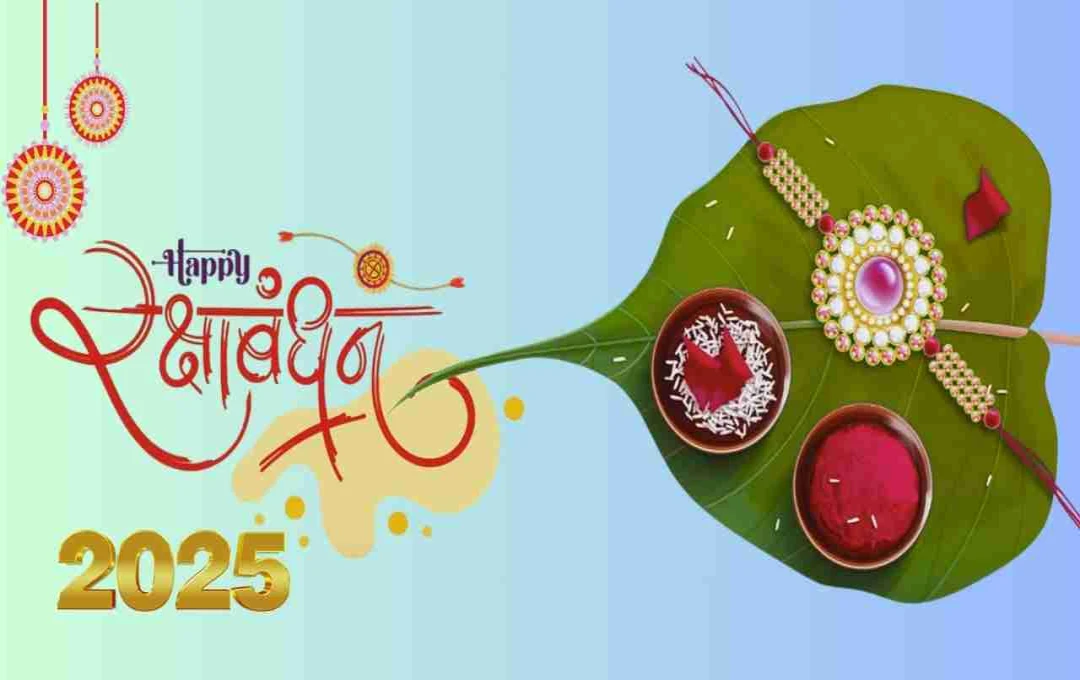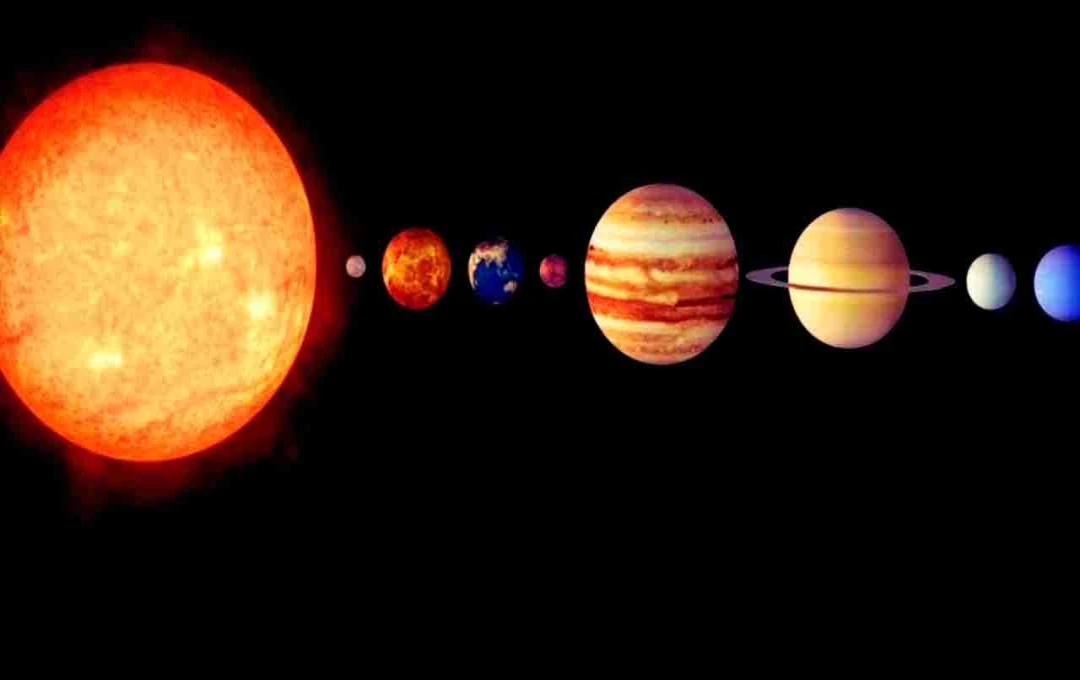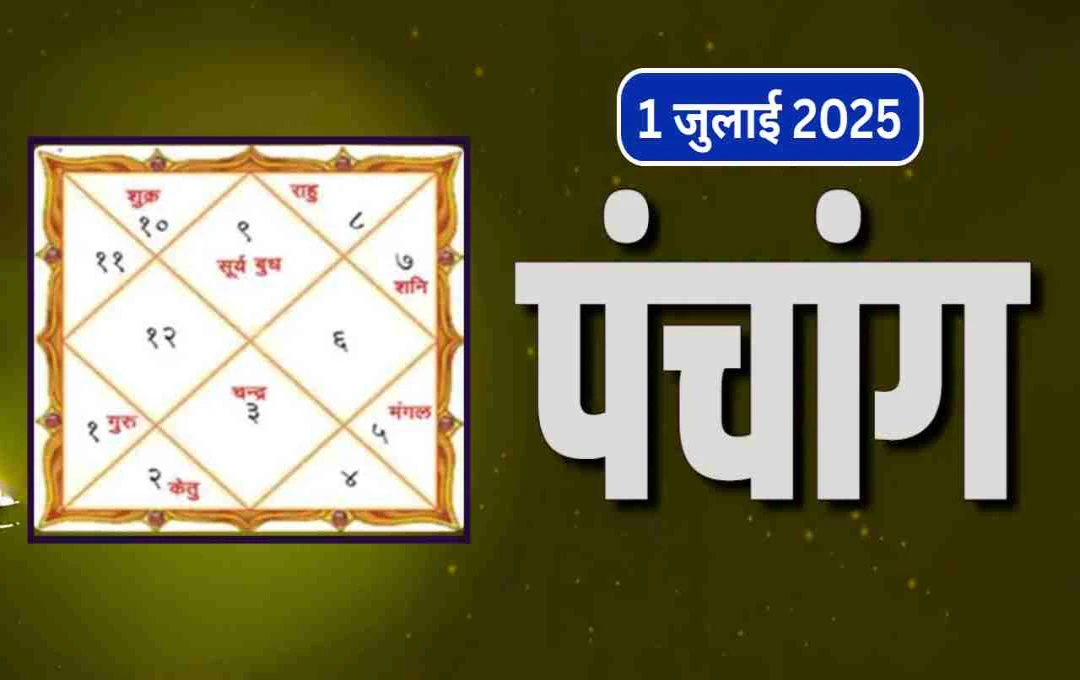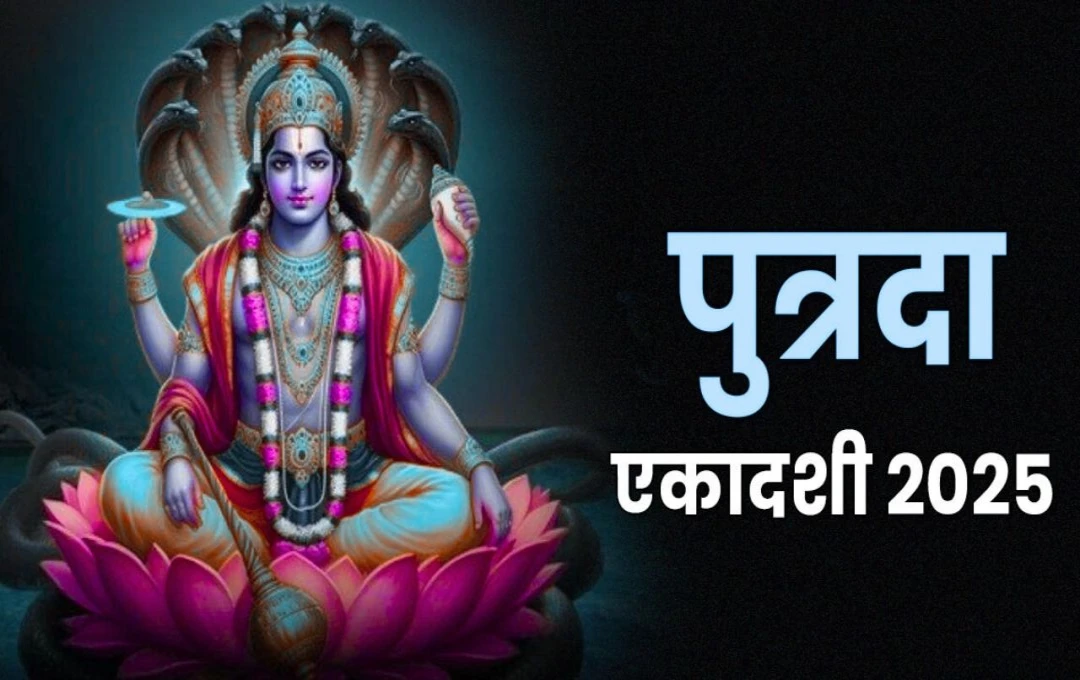The census work in India is about to gain momentum. Mrityunjay Kumar Narayan, Registrar General of India, has informed that the first phase of the census will begin on April 1, 2026, which is called the Houselisting Operation.
New Delhi: Preparations for Census 2027, India's largest administrative exercise, are now in the final stages. Mrityunjay Kumar Narayan, Registrar General of India, recently wrote to the chief secretaries of the states, clarifying that the first phase of the census will commence on April 1, 2026. This phase, known as the Houselisting Operation, will involve a detailed survey of every household in the country.
The census work is divided into two parts. The first part will be the Houselisting Operation, while the second part will involve the Population Enumeration process. The second phase is scheduled to begin on February 1, 2027, during which individual details of each person will be collected.
What is the Houselisting Operation?
The Houselisting Operation is essentially the foundation of the census. Under this, every house, hut, flat, temporary shelter, and all other types of dwellings will be counted. It will also be recorded what facilities are available in that house, such as tap water, toilets, electricity, gas, internet, the condition of the toilet, the construction material of the walls and roof, etc.

In addition, information about who owns the house, whether a tenant resides there, or if it is vacant will also be collected. The importance of this data increases because later, when the population enumeration is conducted, these figures help the enumeration staff reach the right people.
When will the second phase be?
The second phase, i.e., the actual census, will begin on February 1, 2027, in which individual details of each citizen will be taken. This will include information like the person's age, gender, education, religion, caste, occupation, and marital status. The Registrar General has asked the states that if they want to make any changes in the boundaries of their administrative areas by December 31, 2025, they should do so. After that, these boundaries will be considered final for the census so that there is no confusion.
Caste-based data will also be collected in the 2027 census. The government believes that this will help in improving socio-economic schemes. The last time a caste-based census was conducted was in 1931. It will be the first time after that such detailed caste information will be collected.
Why is the census necessary?

In India, the census is conducted every 10 years. It is a very important tool for the government, through which it understands the size of the country's population, its age structure, the level of education, the standard of living, the employment situation, and the availability of basic facilities. Policies are made, budgets are prepared, and a roadmap for various social welfare schemes is prepared based on this data.
For example, how many schools or hospitals should be built in which area, how much investment should be made for basic needs like electricity and water — all this is based on the data received from the census.
Digital technology will also be used in the 2027 census. There are plans to collect data through mobile applications and tablets to save time and collect accurate figures quickly. This time, special training will also be given to the enumeration staff to bring uniformity in language and communication.
